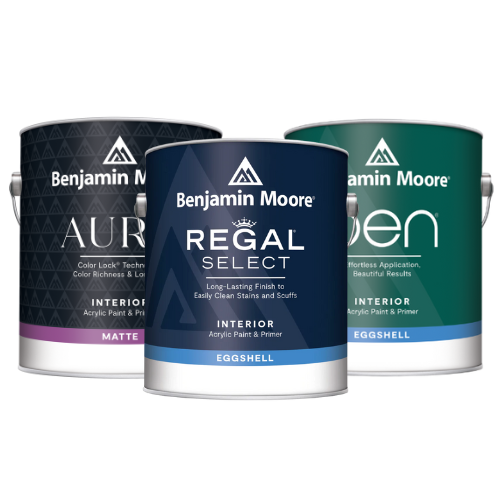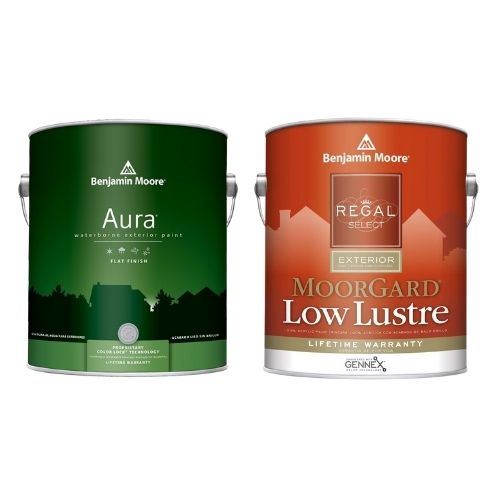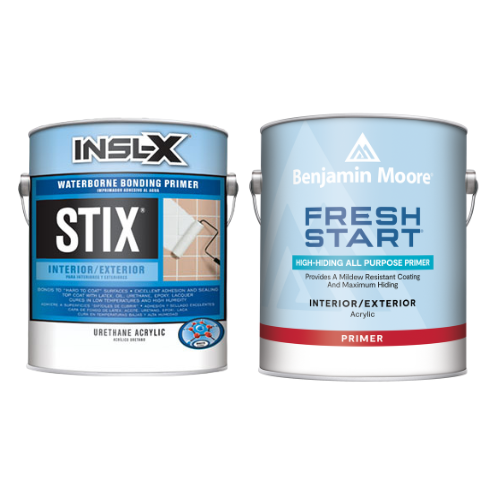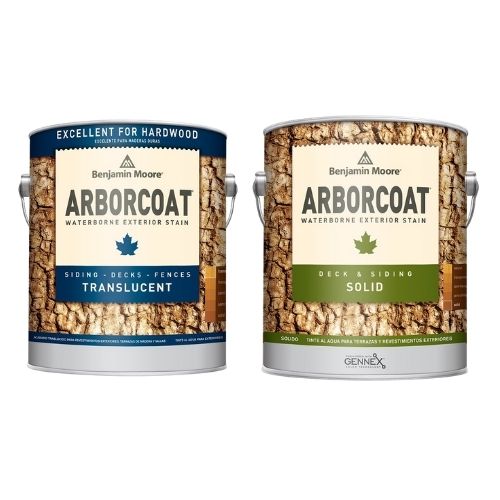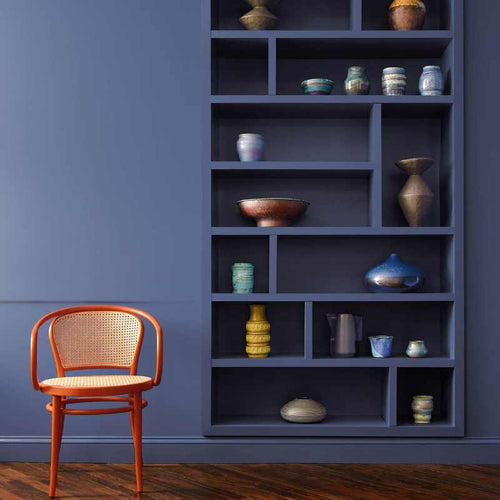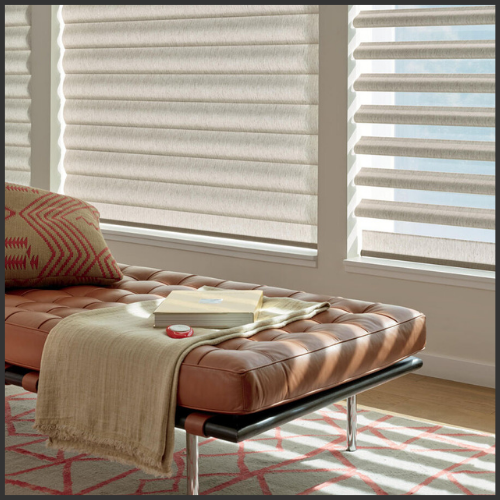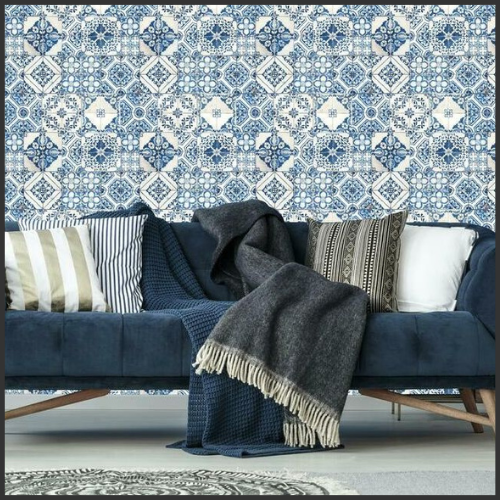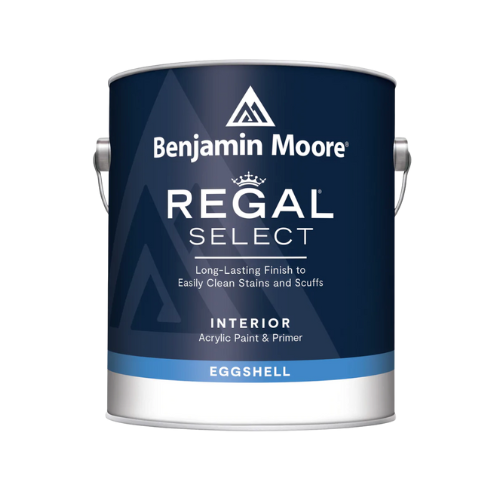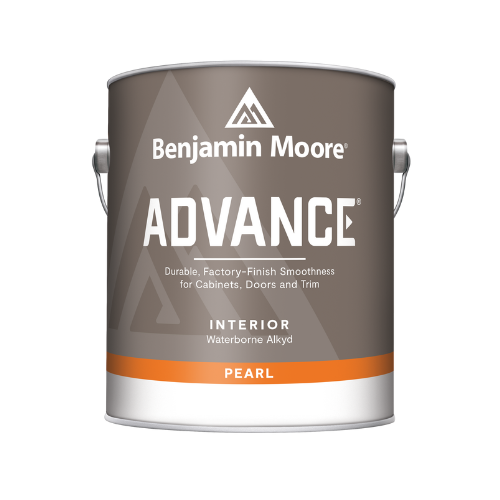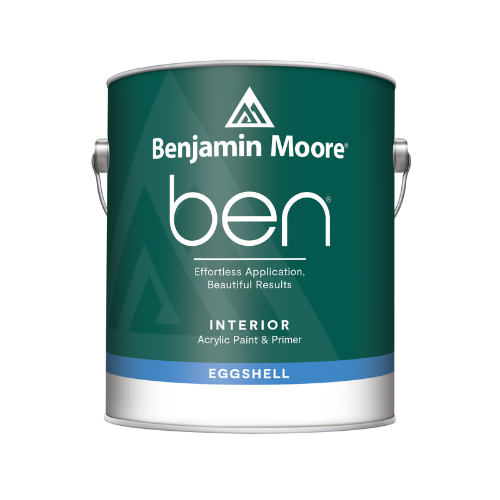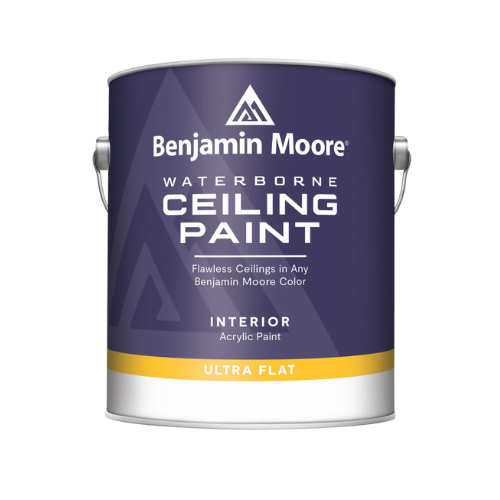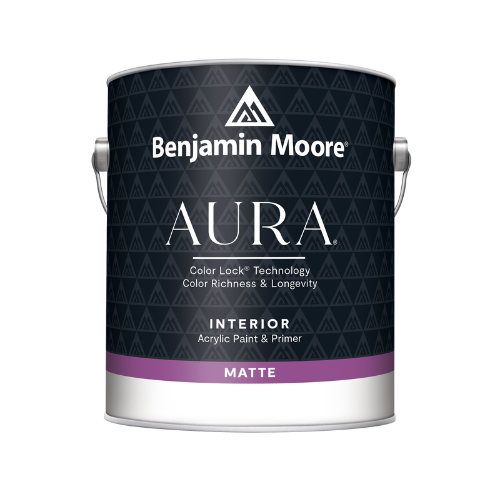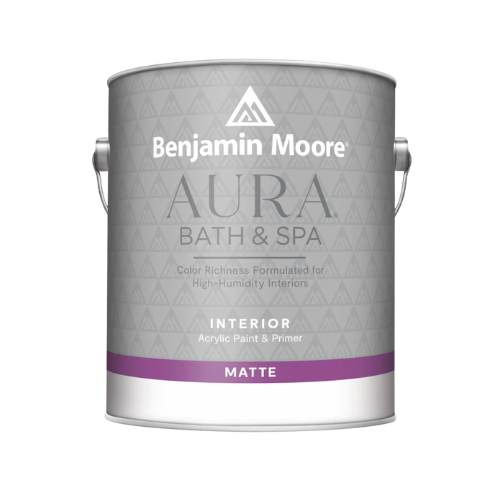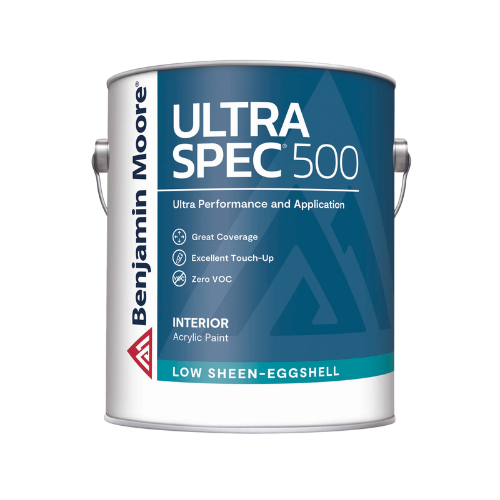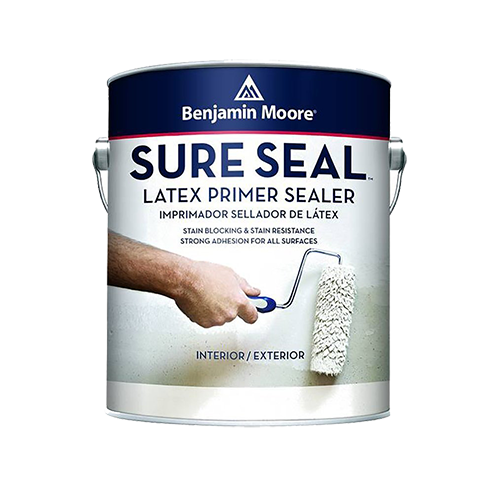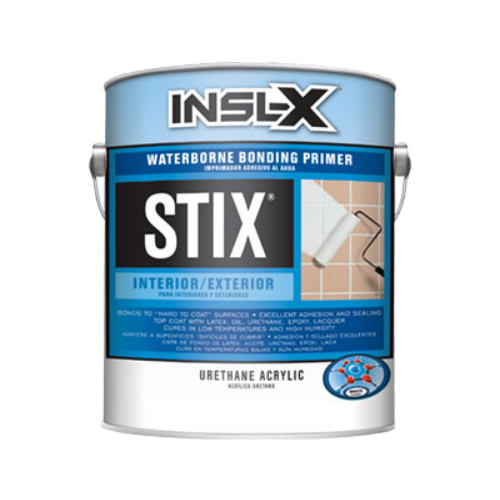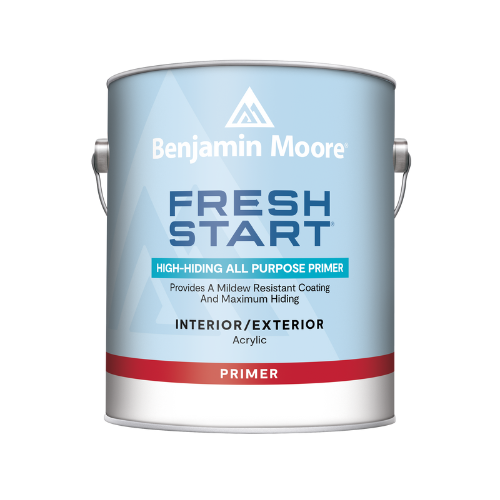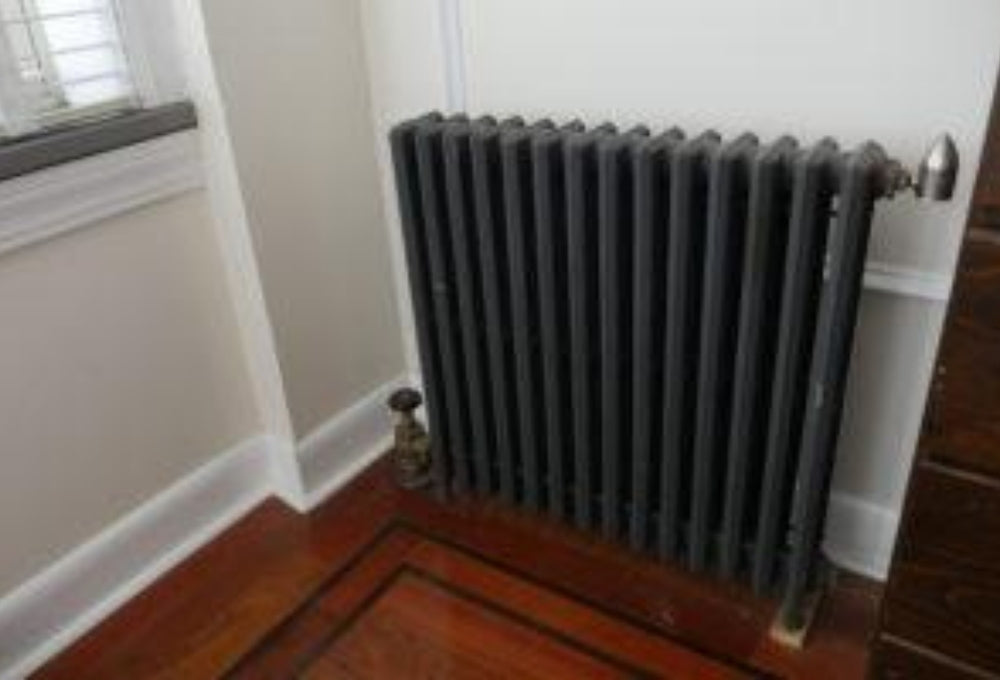
Painting a hot radiator can affect the quality of the paint finish, so make sure that the radiator is turned off and completely cooled down before you start painting.
- Use a soft cloth and mild detergent to remove any dust and dirt from the radiator. You will want to use a wire brush to remove any loose rust on the radiator. These areas should be primed with a latex rust inhibitor primer like Benjamin Moore's Acrylic Metal Primer.
- Although you can use a Hi Heat coating to paint the radiators, it will limit your color choice. Most premium quality interior latex paint will withstand a temperature up to 180° F, so you can use the same paint that you used on the walls or trim. Painting a radiator the same color as the wall will help it blend in with the wall.
Preparation
- Begin by placing drop cloths under and next to the radiator to protect the floor.
- Replace old, cracked caulk by filling the cracks with new, premium-quality caulk before you start priming.
- Next, use a soft cloth and mild detergent to remove any dust and dirt from the radiator.
- Use a wire brush to remove any loose rust.
- Rusted areas should be primed with a latex rust inhibitor primer, such as Benjamin Moore's Acrylic Metal Primer.
Painting the Radiator
- Generally, a brush is the best application tool but depending on the size and style of the radiator you may also be able to use a small slim-jim roller along with a brush.
- Start by painting at the top, working your way to the bottom.
- Don’t paint the valves, as that could make them difficult to open.
- Allow the paint to dry for at least 24 hours before turning the heat back on.
For best results, ALWAYS READ THE PAINT CAN LABEL. Professionals read the paint can labels to get the paint manufacturers’ most up-to-date information and instructions on the use of each specific paint. Every paint is different, and the labels provide important information, such as the average coverage area per gallon, drying times, number of coats needed, and surface preparation requirements. The labels also give specific safety information that should be carefully adhered to.
Downloadable PDF: How to paint radiators and vents


